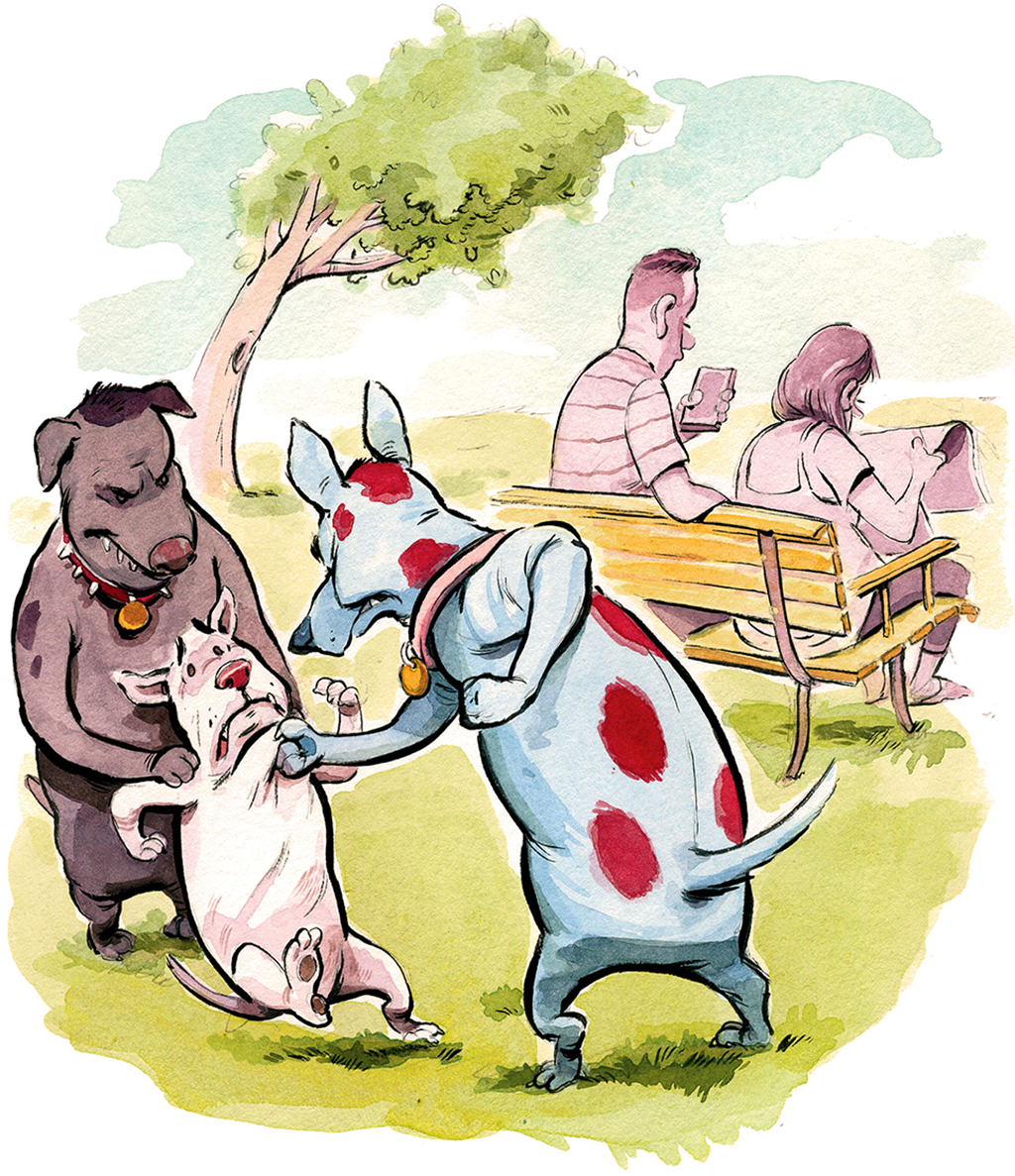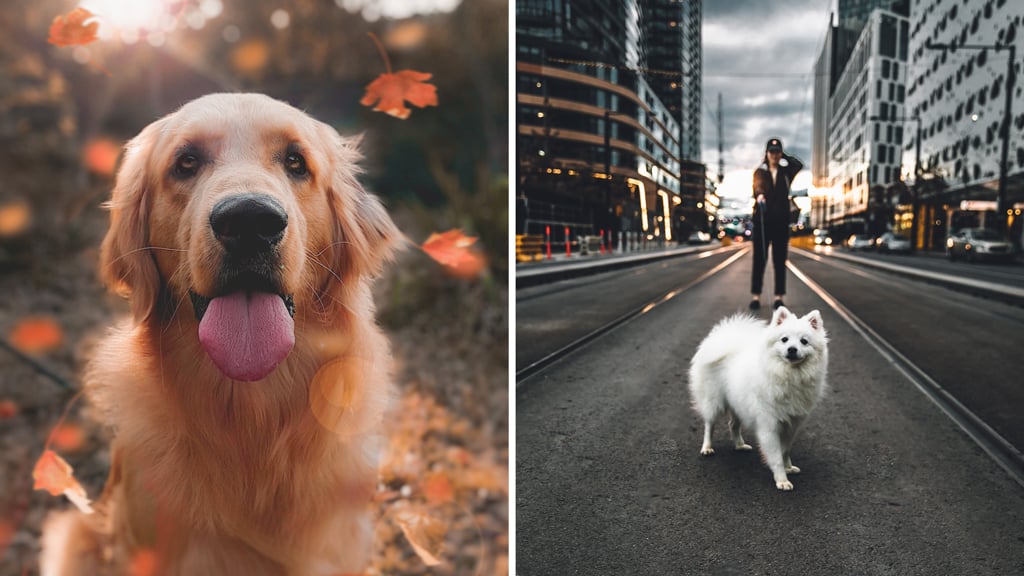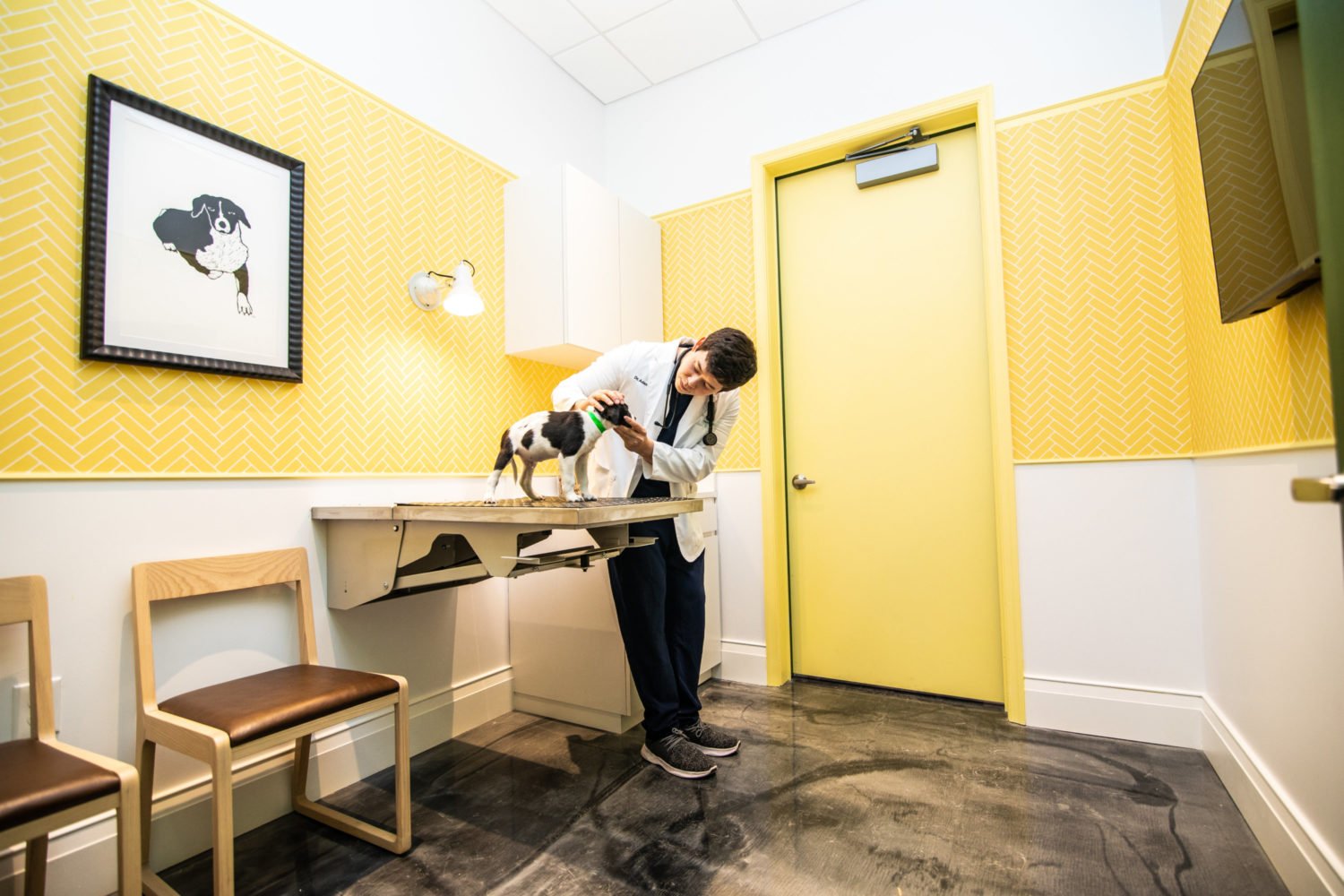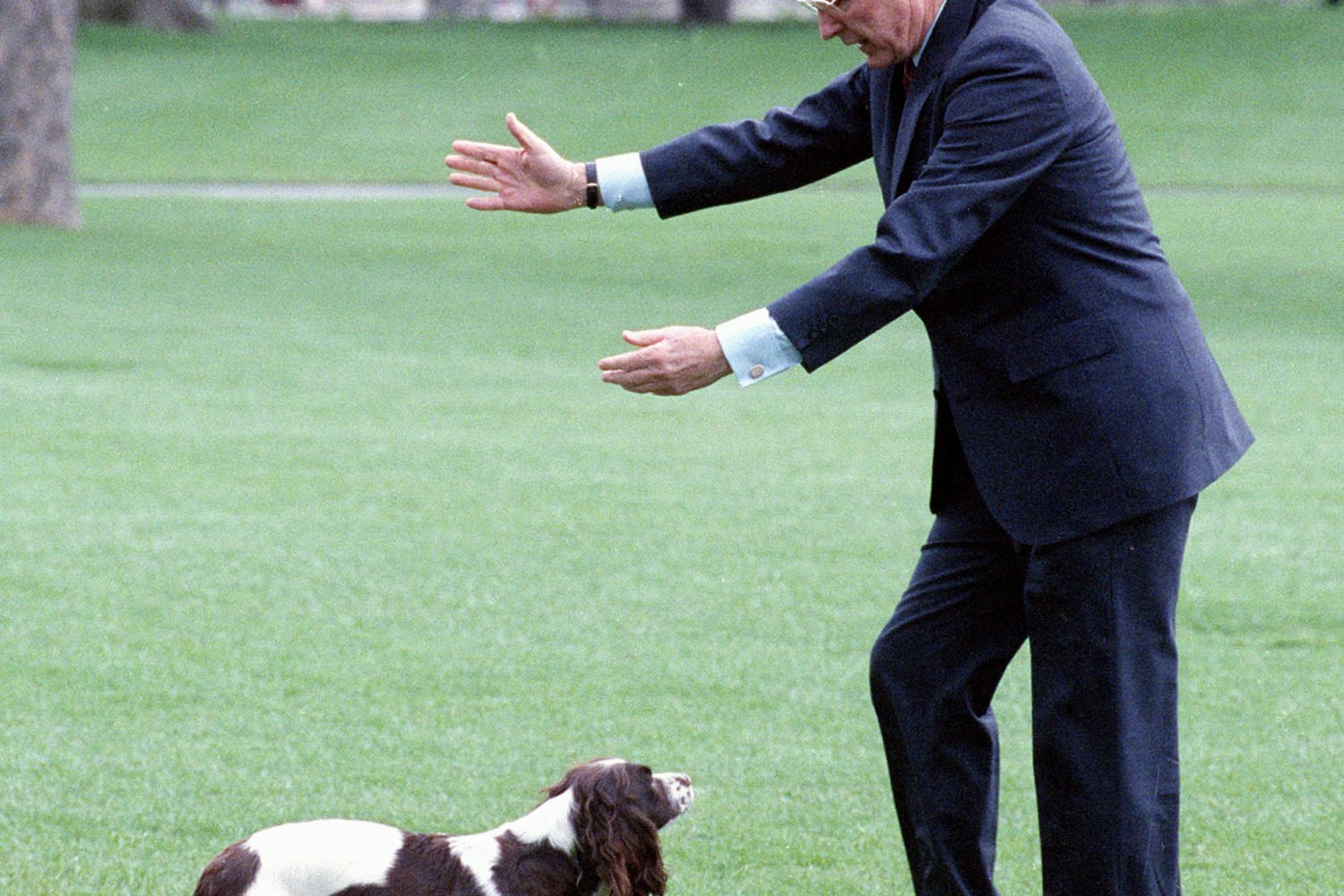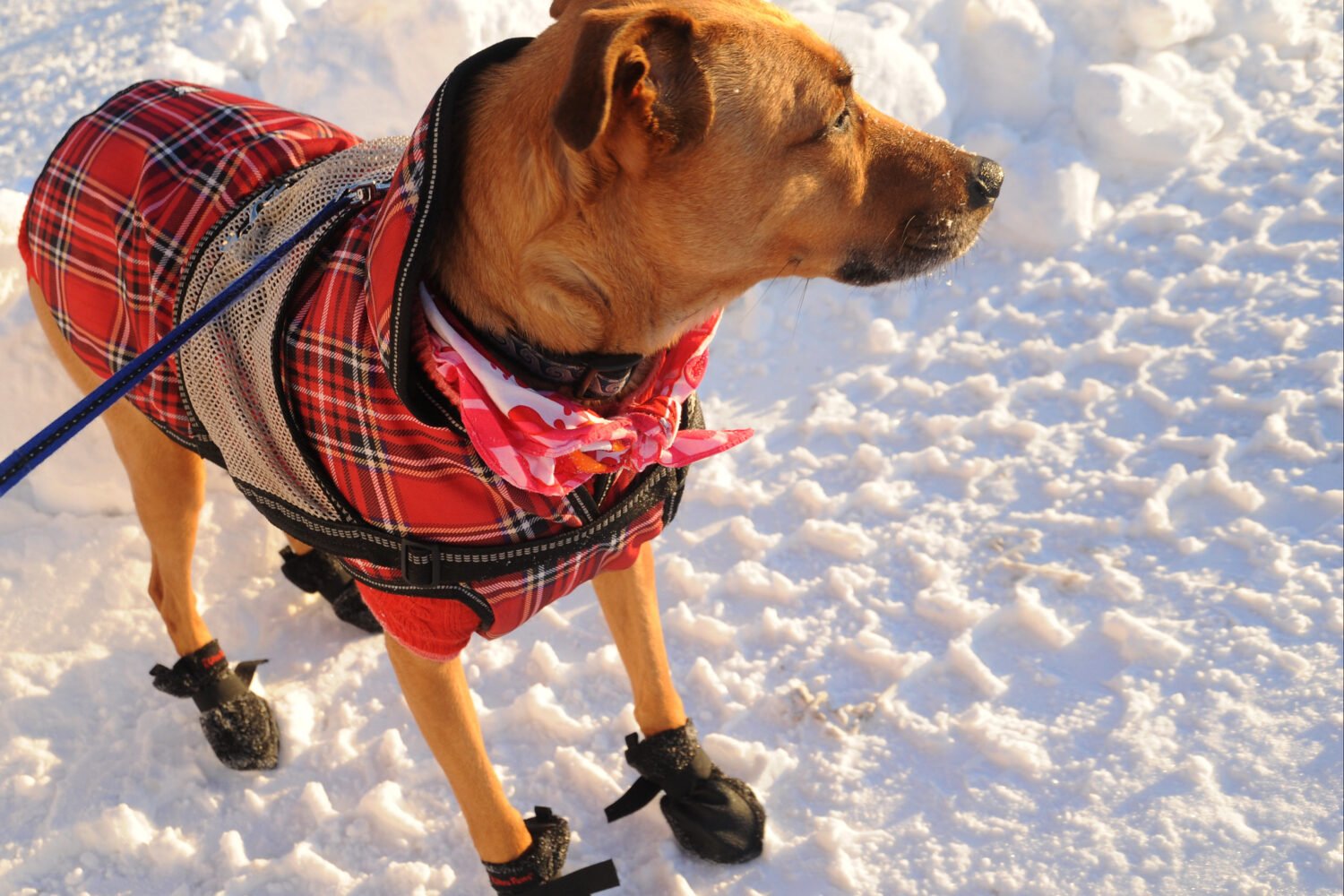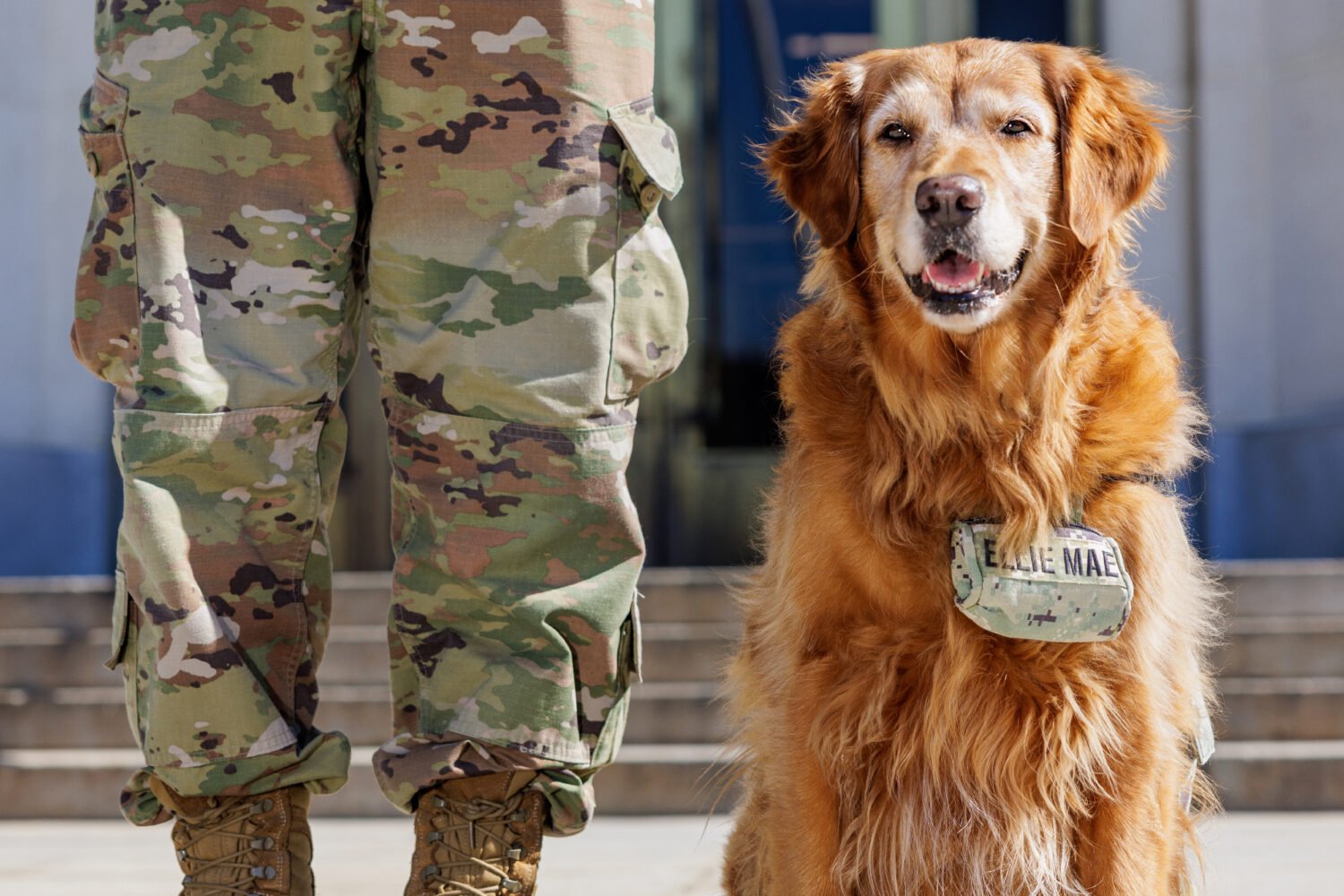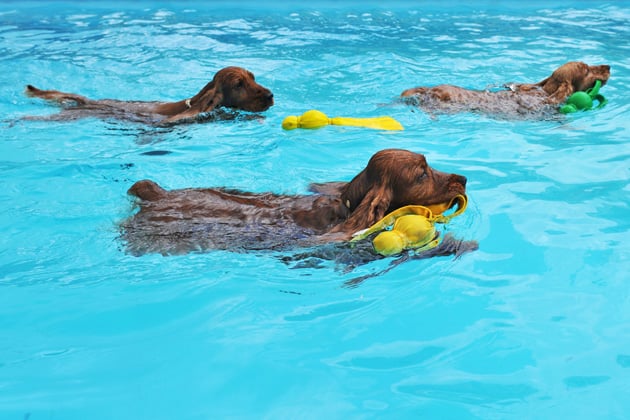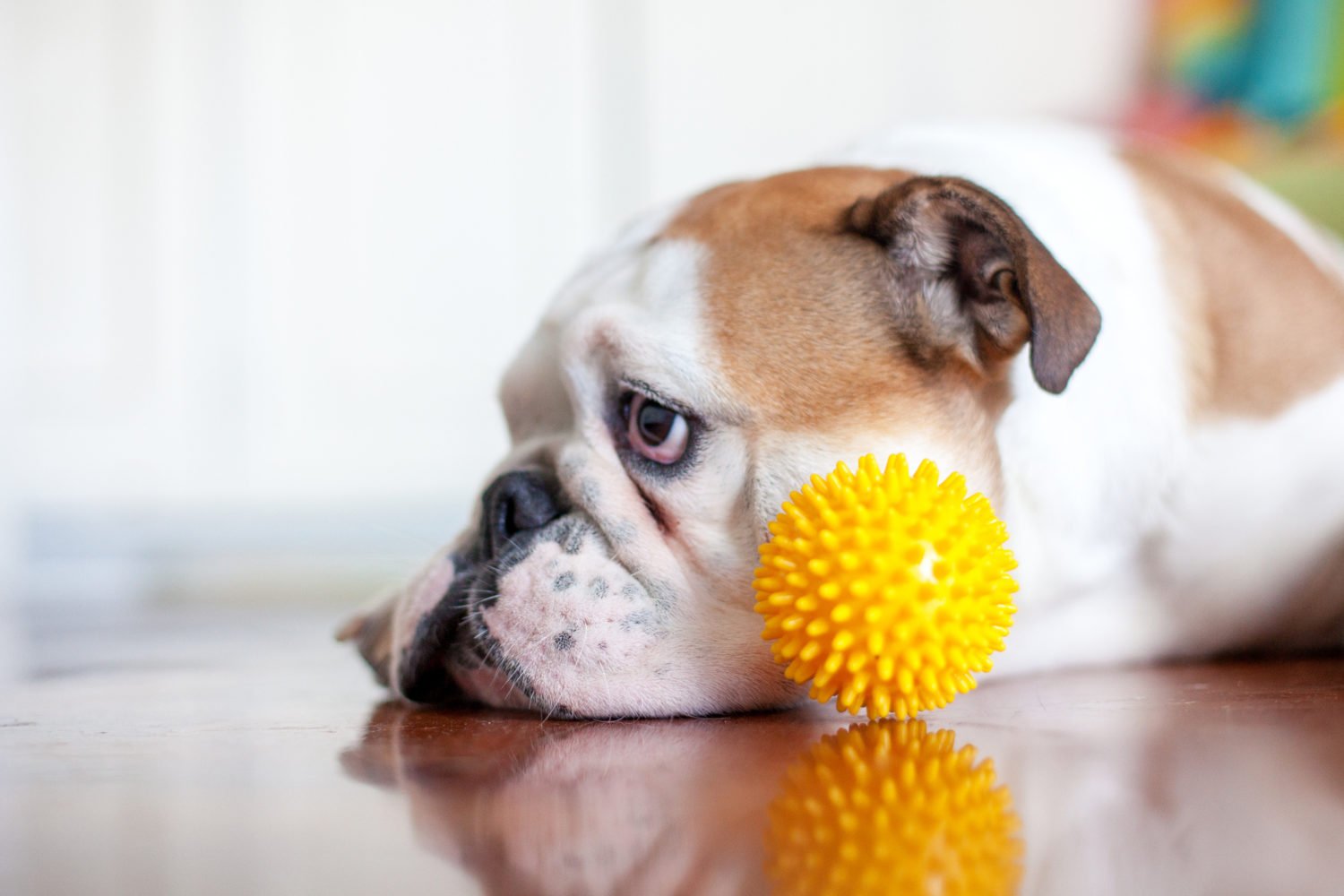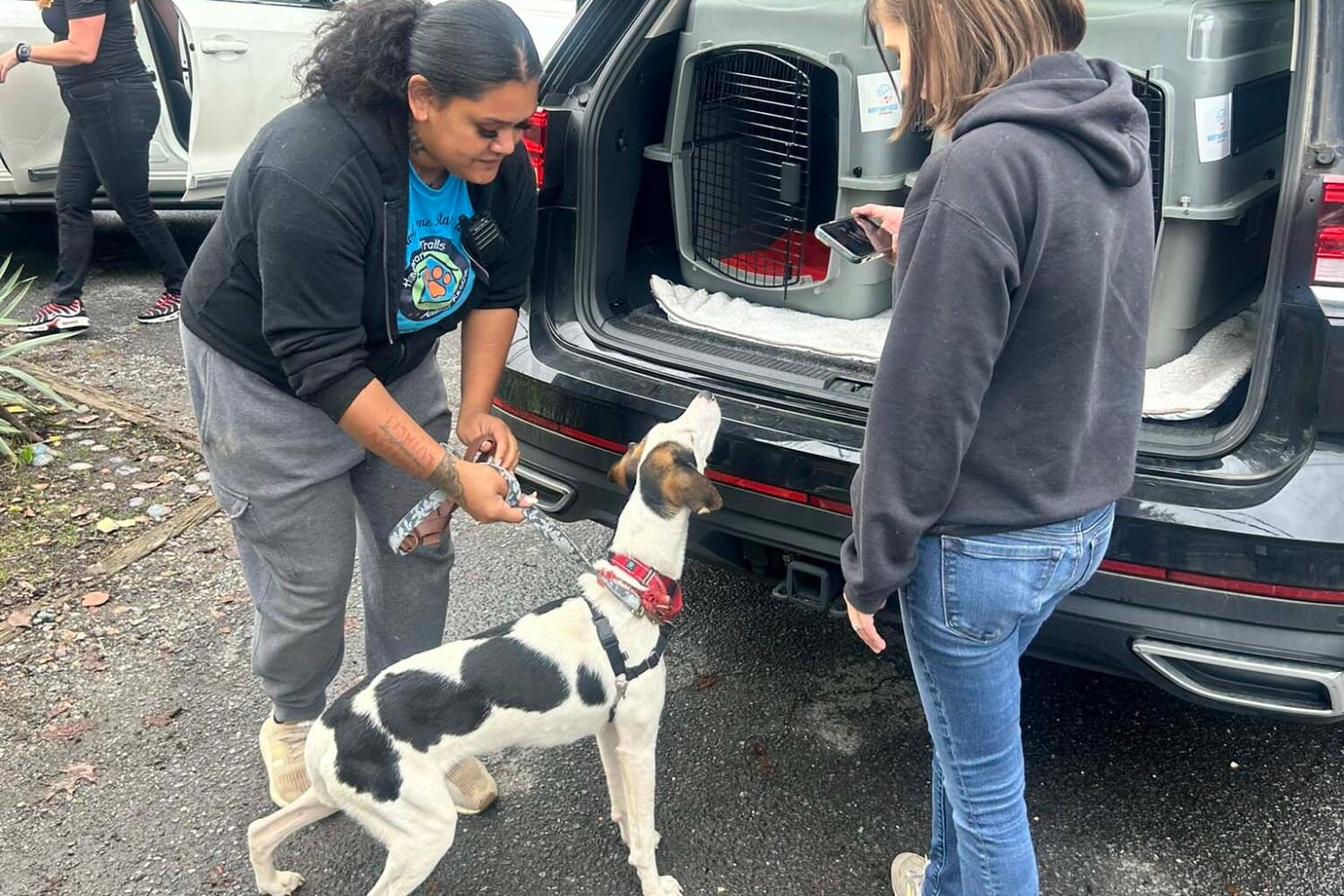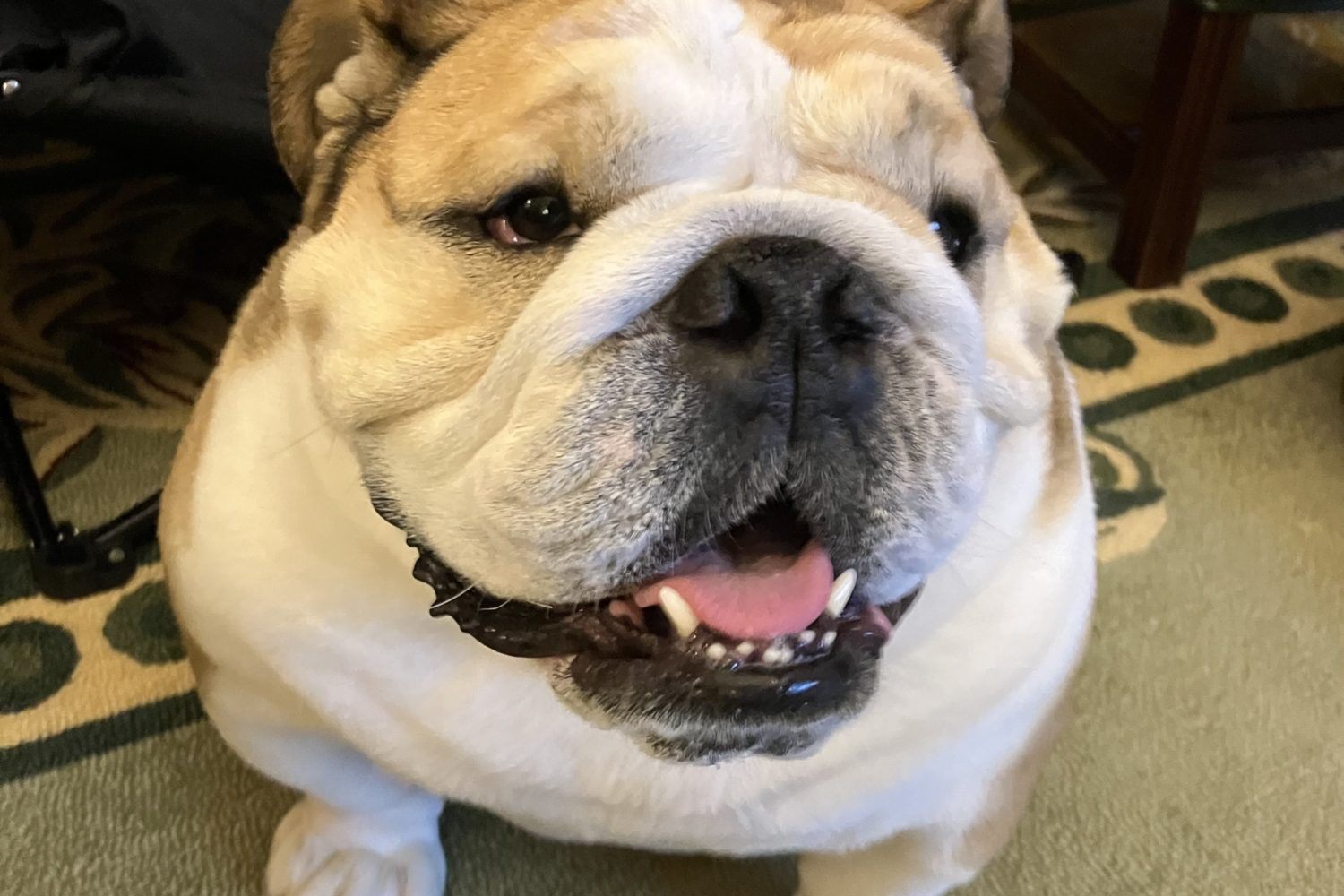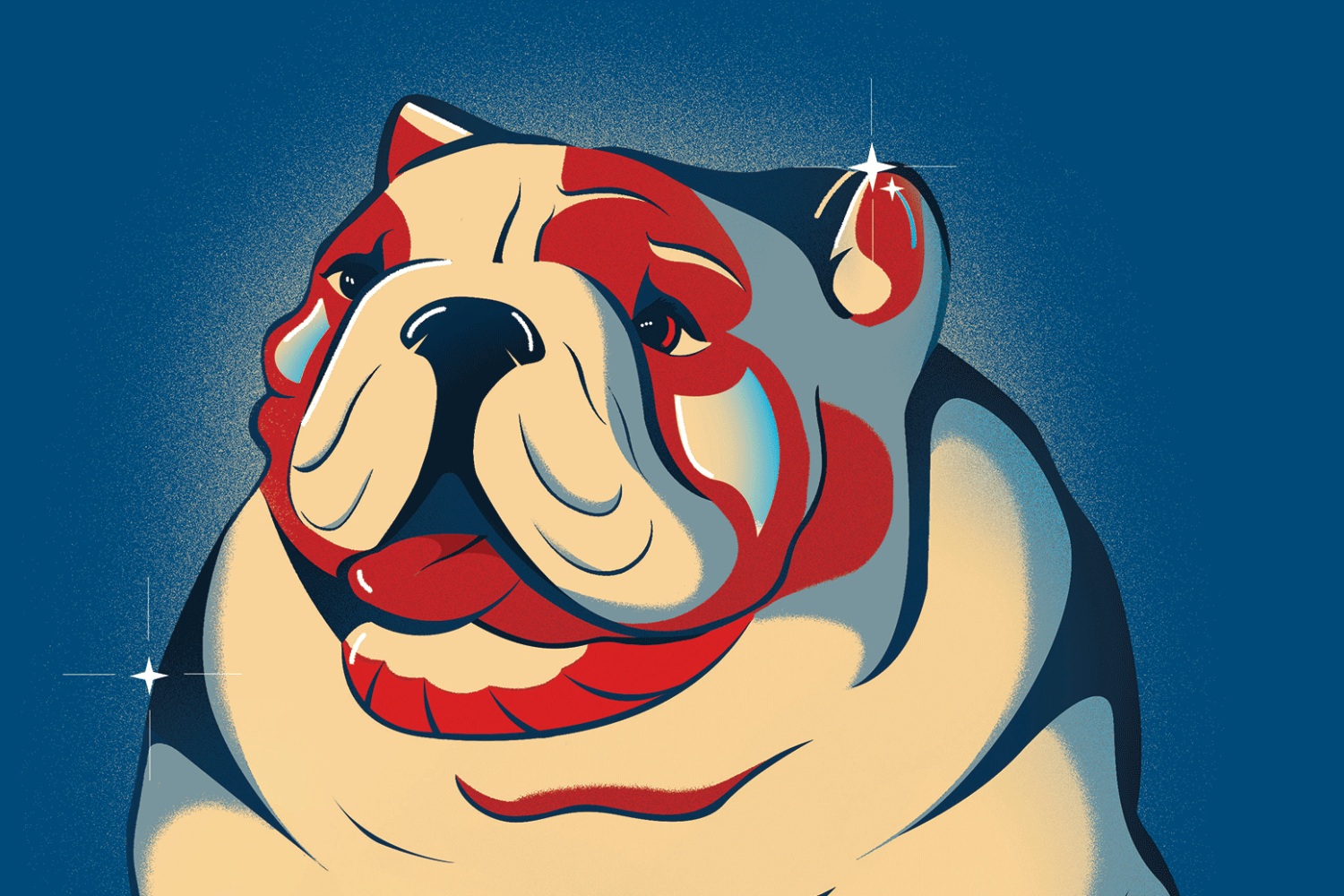Dog parks aren’t just for the four-legged. They’re also places for the humans to network, chat with neighbors, and, increasingly, catch up on e-mail or Twitter.
“People think ‘the dog’s having fun so I don’t have to pay attention,’ and they start Facebooking or texting,” says veterinarian Sarah Bowman, owner of CityPaws Animal Hospital in DC. But just as texting and driving can turn disastrous in seconds, so can letting your attention drift.
While dog-park fights are often blamed on aggressive animals, experts say inattentive people are usually the real culprits. “By the time dogs are fighting, you’ve already missed several signals,” says David Schmucker, owner of DC’s Sidewalk Dog Training.
I know firsthand the dangers of letting dogs off-leash. My greyhound, Bandit, was mauled in a park where he’d played peacefully with his friends for years. Three weeks and $7,500 in vet bills later, he died.
Mine was an extreme case. The dog who attacked was new to the park, his owner inexperienced. Maybe it’s hard to believe, but I’ve since resumed visiting off-leash parks with my blue heeler, Kolii. She loves nothing more than wrestling with her friends, and logically, I know they’re mostly safe places for dogs to socialize and burn energy.
But since I lost Bandit, I’ve also learned a lot about how to minimize the risks. Below is advice from vets and trainers.
How To Avoid Trouble
- Stay off your phone.
- Familiarize dogs with a new park when it isn’t crowded.
- Never let your dog rush the gate to greet a newcomer, who may turn defensive if she feels cornered.
- Scope out potential threats, such as unneutered dogs or breeds that your dog may fear. (Mine hates huskies for some reason.)
- Remember that even timid dogs can get defensive or attract aggression with their submissiveness.
Canine Warning Signs To Stay Alert To
- A stiff body.
- A steady stare.
- A closed mouth. Dogs in attack mode want to focus on their most acute sense—smell. Breathing through the mouth distracts from that.
- A tail that’s pointing upward and unmoving.
- Raised hackles. Though they sometimes simply indicate playfulness, they can signal aggression.
What to do if a Fight Breaks Out
- The safest way to end it is to come from behind. “Don’t break it up from the head or you’re going to get bit,” says Schmucker.
- If a hose is available, spray the dogs with water.
- Grab the aggressor by the back legs to prevent putting more pressure on her jaw.
- Puncture wounds don’t always bleed, and fur can obscure injuries, so take your dog to the vet even if she looks okay.
- Exchange contact information with the other owner for possible follow-up.
- If your dog is seriously injured, call animal control.
This article appears in the June 2017 issue of Washingtonian.

